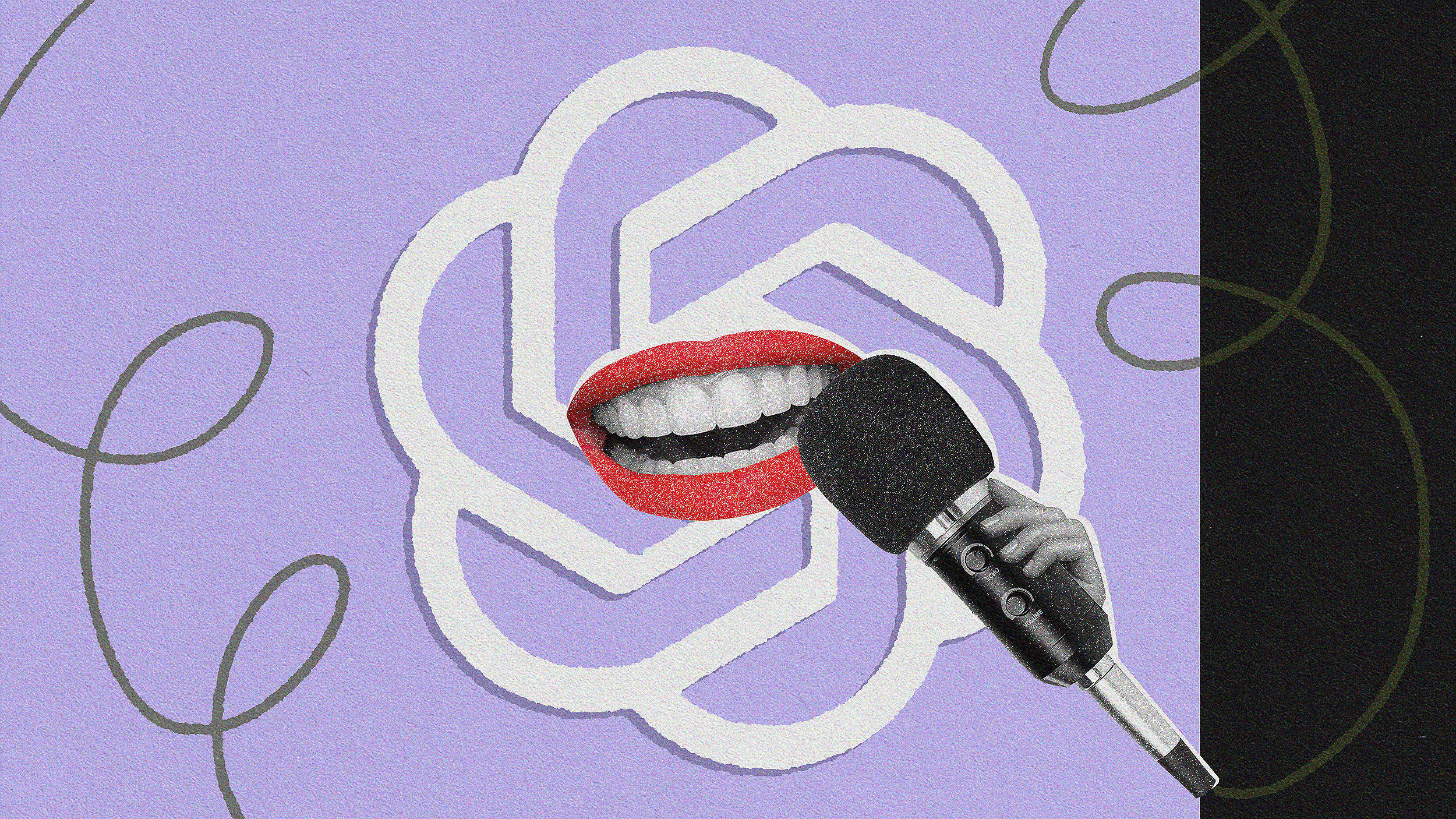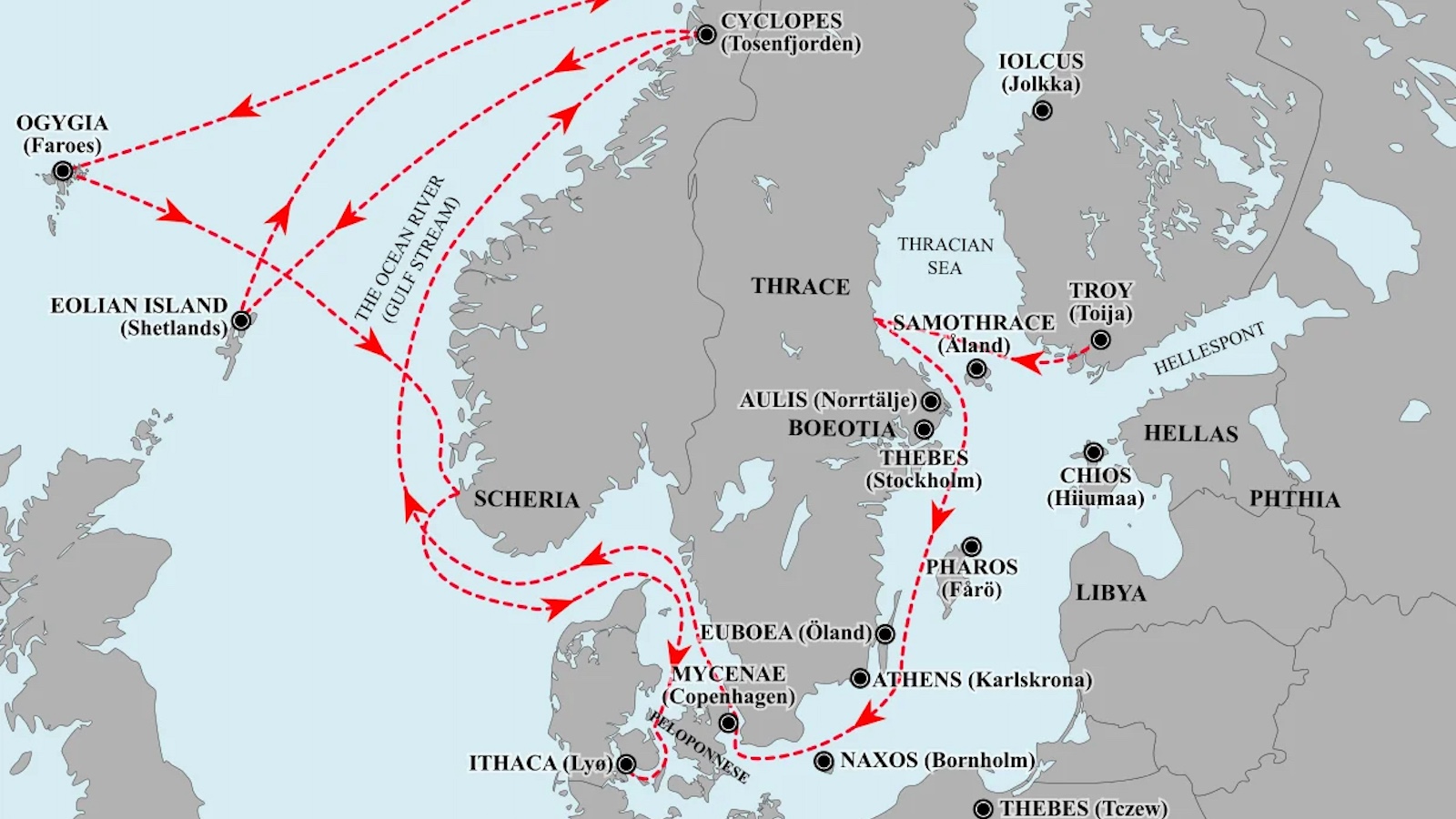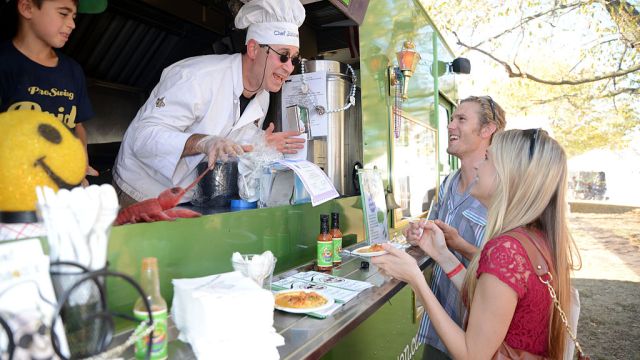The Unbiased Media: Are Journalistic Ethics Overriding Human Ethics?

Many journalists’ attempts at neutrality have the unintended consequence of bolstering the plausibility of intolerant, inhumane, and irrational ideas. The notion of political neutrality as impossible is not new. Perhaps the most quoted line from historian Howard Zinn, whose best-known book is A People’s History of the United States, is: “You can’t be neutral on a moving train.” Indeed, that was the title of his memoir as well as the subtitle of the 2004 documentary film about him. In an interview in the film, Zinn cogently explains the claim:
I don’t believe it’s possible to be neutral. The world is already moving in certain directions. And to be neutral, to be passive in a situation like that is to collaborate with whatever is going on.
Neutrality, according to Zinn, amounts to abetting existing unjust nodes of political and social power.
Recent research in psychology provides insights into how journalists and news reporters who aim to be objective do precisely this. Psychologist Susan David of Harvard Medical School, author of Emotional Agility, describes recent studies that show that individuals who encounter similar narratives repeatedly become increasingly attached to them. For example, she describes how people in relationships with bosses, partners, or parents who repeatedly call them inadequate come to identify with the relationships. Psychologically, the more times the narrative is confronted, the more familiar it becomes. Familiarity, according to David, is what are minds are drawn to. Thus, people in emotionally toxic relationships nevertheless can become invested in them. Indeed, this has the bizarre effect that employees with low self-esteem who get promotions often end up quitting their job due to the influence of familiar narratives of their inadequacies.
These cognitive progresses have implications for how we react to the news. David describes these effects with respect to journalists who strive for impartiality and “simply go where the story takes [them].” When unchecked, the following occurs:
1. Someone says something that most people find utterly shocking and abhorrent. Few people agree, and most people are surprised that someone could even say or think such a thing.
2. The media reports on these comments “impartially” over and over again, all the while treating it like a 50-50 issue. As a result, the originally crazy-seeming point of view gains a lot of exposure through several nodes of expression.
3. The narrative of the initial point of view becomes familiar.
4. Many people now gravitate toward the now familiar narrative.
David says that, when considered alongside recent findings in the psychology of fear, this has potent ethical implications. In particular, it suggests that “impartially” reporting on two sides of an issue contributes to both sides become familiar narratives with which people increasingly identify. Perhaps a further ramification of this argument from David is that news-consumers perhaps have an obligation to scrutinize narratives with respect to their own values when they get a lot of attention – and perhaps to seek alternative news sources.
Unfortunately, much of the news reporting at the moment fails to rise to these ethical standards. Nevertheless, effective reporting in accordance with this notion of ethics does exist. Most notable in the United States, perhaps, is Democracy Now!, hosted by journalists Amy Goodman and Juan Gonzalez. The listener-supporter non-profit consistently reports on current events by examining and interviewing oft-neglected groups and individuals who work to resist mainstream narratives. Two recent examples are an interview with Native activist Winona LaDuke about the proposed $3.8 billion Dakota Access pipeline and an interview an interview with Sedan Smith, the brother Sylville Smith who was a victim of a police-shooting in Milwaukee as well as “a community activist, poet, [and] co-founder of the organization Flood the Hood with Dreams.” When activists and community-members are foregrounded in journalistic reporting, political narratives form along different contours that are more consistent with general conceptions of ethics and justice.
Author Joan Didion famously opened her essay “The White Album” by saying, “We tell ourselves stories in order to live.” Recent research in psychology reveals that the stories we hear influence the kinds of stories we tell ourselves. As citizens of a contentious world, we must be careful how we choose and engage with the stories we hear – for our sake and for the sake of others.





